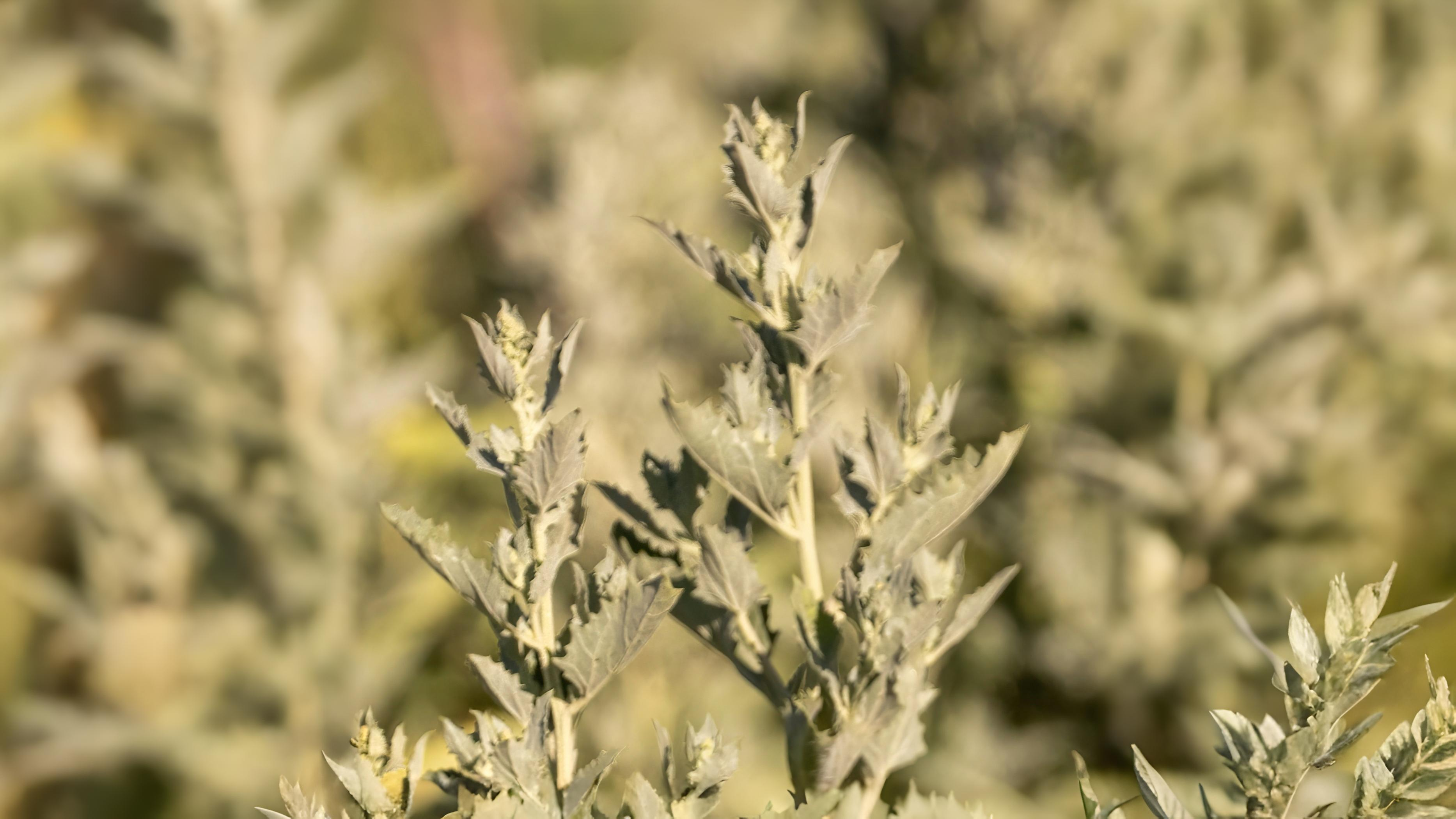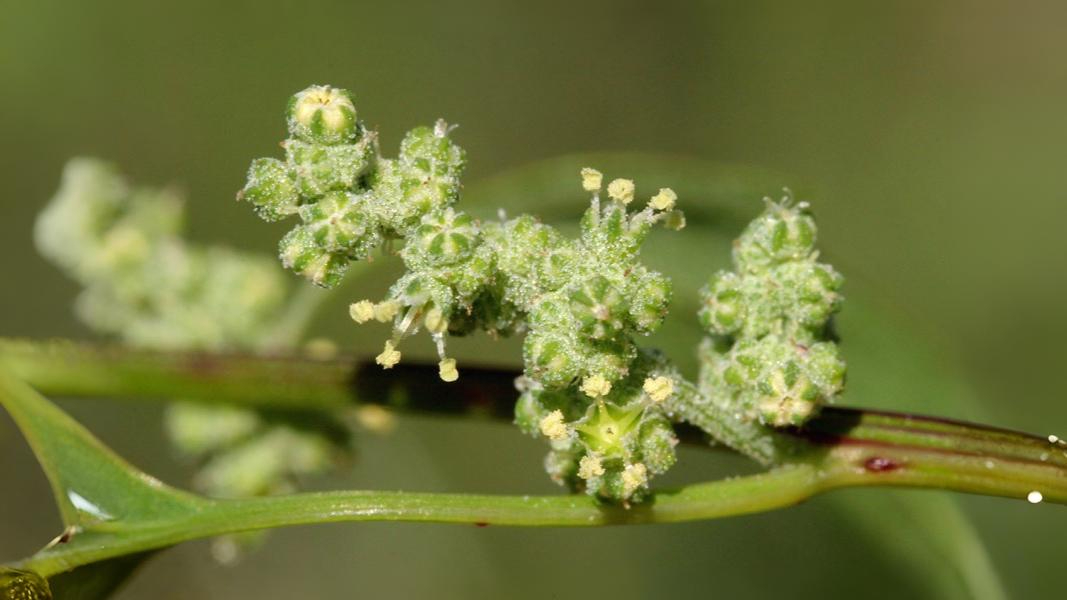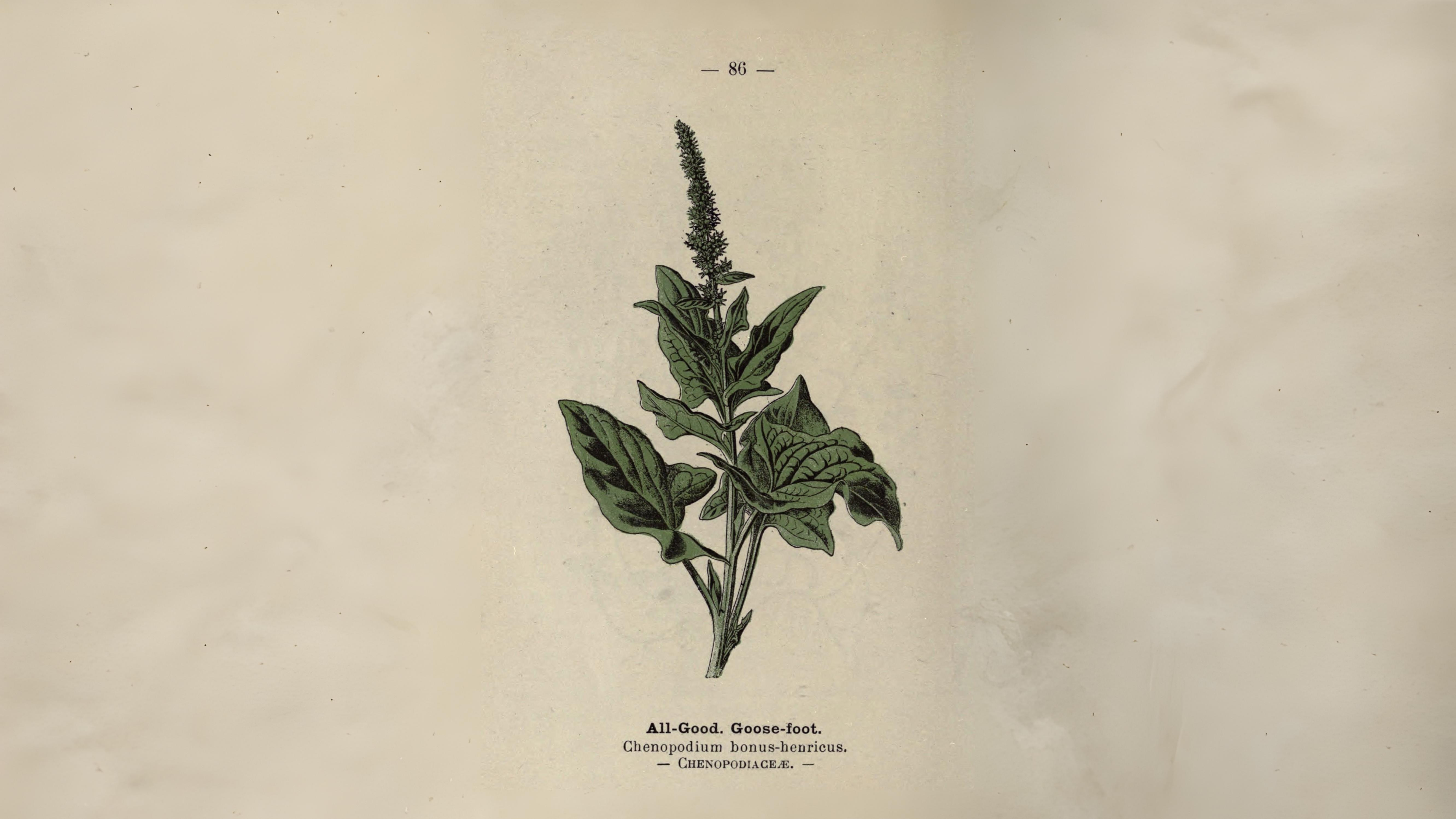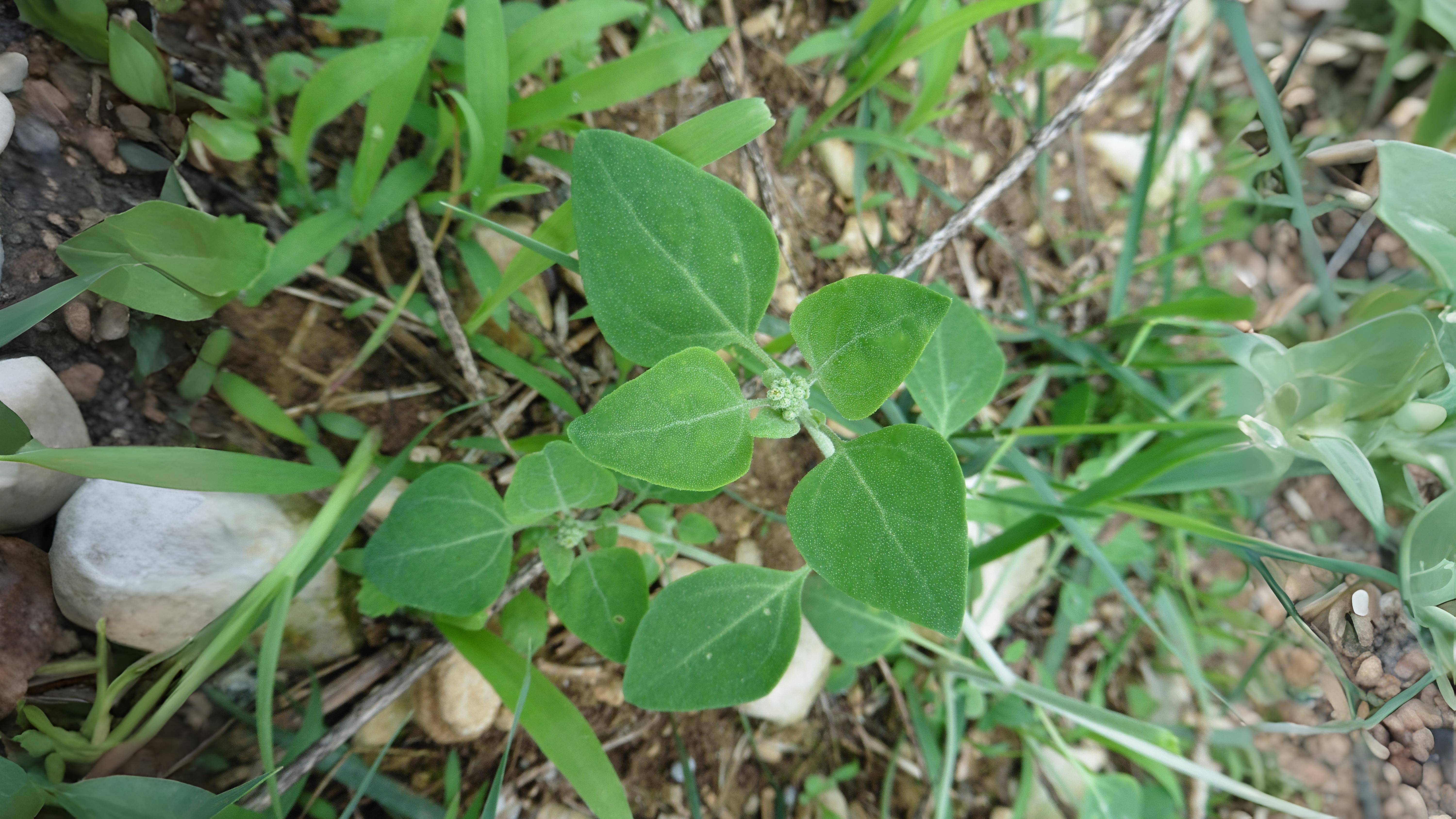
Before supermarkets, Londoners dined on wild greens growing in the unlikeliest places - manure heaps, salt marshes, and abandoned lots. On August 4th, meet Fat Hen (the Neolithic superfood), Good King Henry (the German elf’s spinach), and Stinking Goosefoot (whose fishy ammonia scent was once thought to cure infertility). Discover why these humble plants sustained civilizations for millennia, and where to spot their descendants clinging to London’s urban edges today.
Return on August 4th—your salad bowl will never look the same.
Their habitat choice is an unusual one. They are generally found on either waste ground, around manure heaps or saltmarshes. Rarer ones tend to be found on waste dumps which includes some material from abroad.











